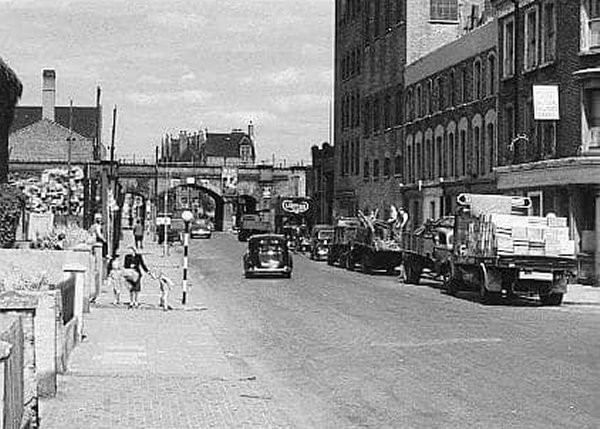Latimer Road was named after Edward Latymer who endowed land for the funding of Hammersmith’s Latymer school in the early 17th century.
Latimer Road’s position in the heart of the Notting Dale piggeries and potteries attracted philanthropists to try to alleviate the poverty. The local vestry also came forward with initiatives. In 1880 the London school board built the three-storey Latimer Road school. Harrow school also established a school on the street in 1887 and a mission, three years before that.
Poverty extended into the twentieth century. Horace Newte observed in 1915: “Between Notting Hill and Wormwood Scrubs lies a vast desert of human dwellings … by scarcely perceptible degrees, there is a declension of so-called respectability, till at last the frankly working-class district of Latimer Road is reached.”
After the war, planners had turned to rewiring London’s road systems with massive new motorway projects starting with the Westway which opened in 1969/1970. Part of the plan involved the complete demolition of a large part of Latimer Road. The section which remained in the south part of the old street was renamed Freston Road.
The Greater London Council planned to demolish much of Freston Road. Squatters occupied the houses and declared the ’Republic of Frestonia’ in 1977. A compromise was reached and new homes were completed in 1985.
The disappearance of Latimer Road has left Latitmer Road station unique in London in being named after, but not referring to, an existing road.
The Underground Map project is creating street histories for the areas of London and surrounding counties lying within the M25.
The aim of the project is to find the location every street in London, whether past or present, and tell its story. This project aims to be a service to historians, genealogists and those with an interest in urban design.
The website features a series of maps from the 1750s until the 1950s. You can see how London grows over the decades. |


